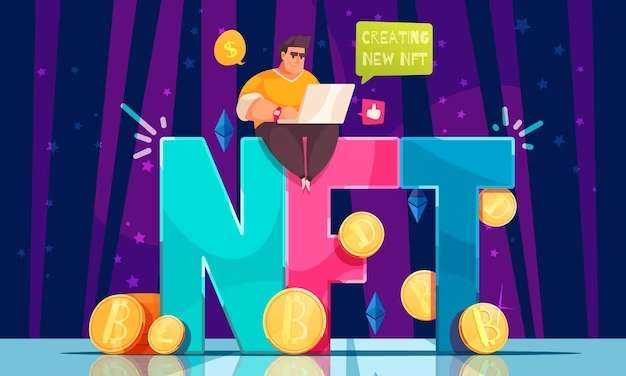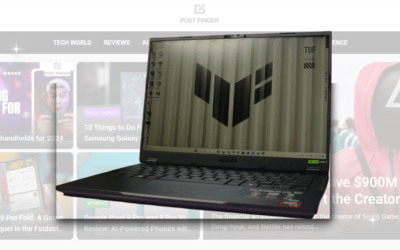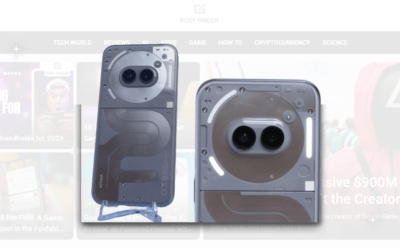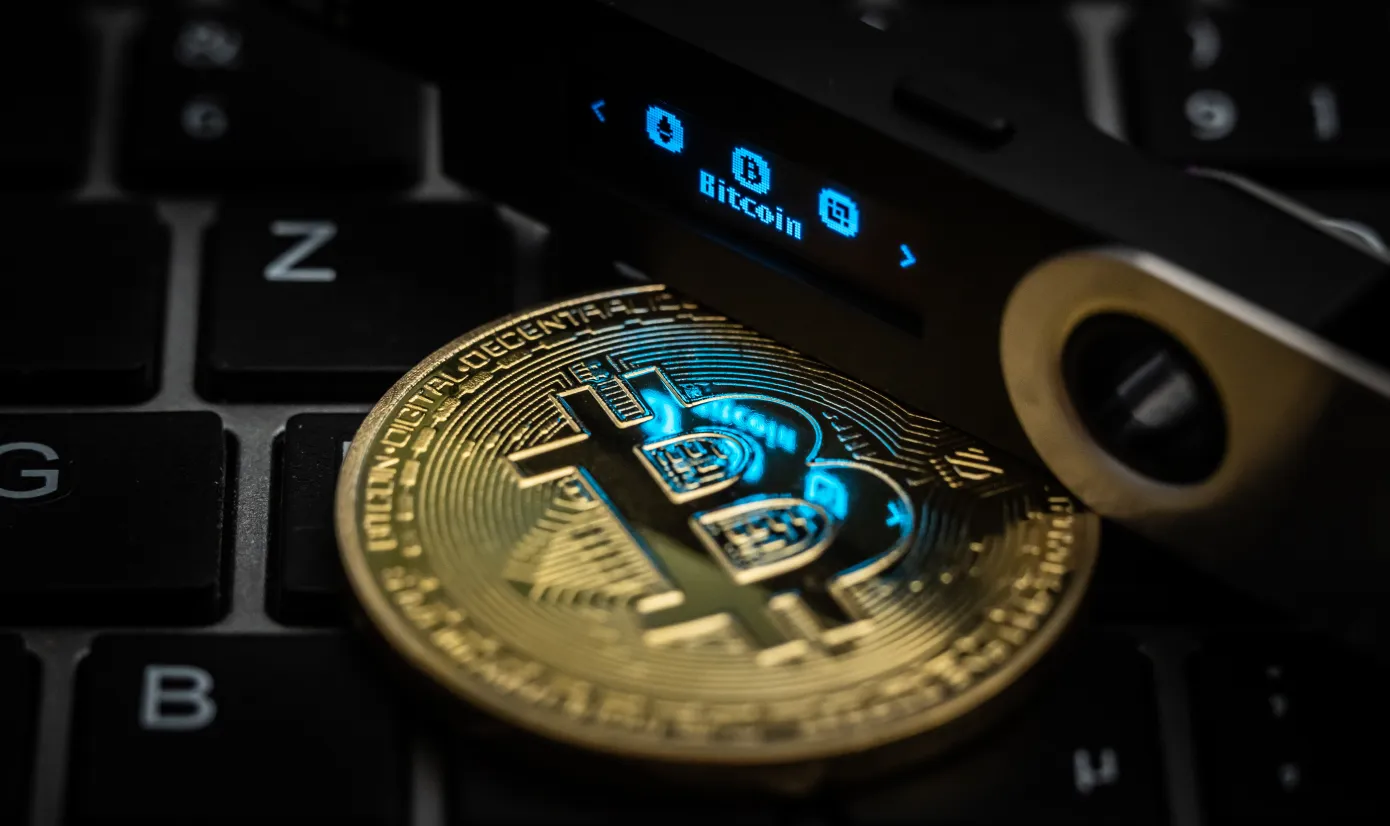The Rise of NFTs: Understanding the Boom in Digital Art and Collectibles

In recent months, you might have heard about the hype surrounding NFTs, or non-fungible tokens. From digital art to tweets and NBA highlights, people are trading these unique digital assets for millions of dollars. But what exactly are NFTs? And why has there been such a sudden surge in interest and investment? In this blog post, we’ll dive into the world of NFTs and explore how they’re transforming the way we think about art and collectibles in the digital age. So buckle up – it’s time to ride the wave of this booming phenomenon!
What is an NFT?
An NFT (Non-Fungible Token) is a new kind of digital asset that allows users to trade and store unique digital representations of assets. They’re also becoming increasingly popular as an investment vehicle for collectors and investors, as they provide the stability and security of traditional assets while allowing for more seamless transactions.
What are the benefits of using NFTs?
NFTs offer a number of key benefits over traditional digital assets:
1) Security: Unlike regular currencies or tokens, NFTs are not subject to volatility or fraud. Their value is determined by the underlying asset itself, rather than by outside forces. This makes them a more stable investment option, with less risk of loss.
2) Durability: Unlike regular files or photos, NFTs can be stored and traded without risk of data corruption or deletion. This makes them ideal for use in industries such as gaming, governance, and escrow services.
3) Immutability: Unlike regular digital information, NFTs cannot be altered or deleted once created. This gives them increased credibility as an embodiment of real-world assets. It also makes them perfect for use in blockchain applications such as smart contracts and dApps.
4) Interoperability: NFTs can be traded with other users on decentralized exchanges (DEX), which makes them easy to transfer between different platforms and devices. They can also be used to create custom tokens for use in
The History of Digital Art and Collectibles
Digital art and collectibles have been around for some time, but they’ve recently seen a boom in popularity due to new technologies like blockchain and the virtual reality (VR) industry.
The roots of digital art and collectibles can be traced back to the early days of computing, when artists started creating digital images that could be shared and traded between users. This phenomenon became known as “cyberspace art.”
In the 1990s, online trading platforms began to emerge, allowing users to buy and sell digital artworks like paintings, screenshots, or even whole websites. These platforms quickly became popular among collectors who wanted to acquire rare or unique pieces of digital art.
As internet use became more widespread, artists began creating content using new technology such as 3D printing and VR. These types of works are often called “digital sculptures” or “virtual reality art.”
Today, digital art and collectibles continue to grow in popularity thanks to new technologies like blockchain. Blockchain is a distributed ledger technology that allows creators to securely record transactions and create an encrypted database that is accessible by everyone on the network. This makes it perfect for tracking ownership rights for digital assets like artwork or cryptocurrencies.
As more people become interested in digital art and collectibles, there will undoubtedly be continued growth in this exciting field.
The Advantages of NFTs
NFTs, or “non-fungible tokens,” are a new type of digital asset that allows for more complex and customizable transactions than traditional cryptocurrencies. They’re often used in digital art and collectibles markets, where buyers and sellers can exchange unique items without having to worry about third-party interference. Here are some of the advantages of NFTs:
1. Customizable Transactions: With NFTs, buyers and sellers can make transactions that are much more customized than with traditional cryptocurrencies. For example, they can specify the exact condition and rarity of an item.
2. Greater Security: Because NFTs are not governed by a central authority, they’re generally more secure than traditional cryptocurrencies. This is because there’s no risk of a 51% attack – in which someone controls more than half of the network’s computing power – which could allow them to manipulate the currency’s value.
3. Higher Transaction Volume: NFTs have seen greater transaction volumes than traditional cryptocurrencies due to their use in digital art and collectibles markets. This suggests that they could be a major player in future digital economies – something that could have far-reaching consequences for both industries
The Disadvantages of NFTs
There are a few major disadvantages to NFTs when it comes to their use in the digital world. The first, and perhaps most obvious, is that they are not persistent. This means that if you delete a NFT from your computer, or if your hard drive crashes, the content within the NFT is lost forever.
Another disadvantage of NFTs is their susceptibility to cyber-crime. Due to their decentralizednature, it is easy for hackers to take advantage of a NFT system by corrupting or stealing content. Furthermore, since ownership of a NFT is not explicitly verified, anyone can claim ownership of an asset without having any real evidence supporting their claim.
Finally, there are potential legal issues with using NFTs in certain contexts. For example, if you sell an artwork on a platform like eBay using an NFT system, you may be subject to copyright infringement laws if the artwork was originally created without permission from the artist.
How to Use NFTs for Secure Transactions
NFTs (Non-Fungible Tokens) are a new type of digital asset that allows for secure, transparent and tamper-proof transactions. They are being increasingly used in the art world and collectibles market to represent unique pieces of content. Here’s how to use NFTs for secure transactions:
1. Create a NFT account: To create a NFT account, you will need to provide some basic information such as your name, email and password. You can also choose to generated a new random keypair for added security.
2. Activate your NFT account: To activate your NFT account, you will need to provide proof of ownership of the assets you want to tokenize. This could be something as simple as a digital photo or digital file.
3. Issue tokens: After activating your NFT account, you can issue tokens by sending an HTTP POST request to the issuing server with the following data:
– The address of the wallet that will hold the tokens (this is usually specified when you create your NFT account)
– The amount of tokens you want to issue (in units of 1/100th USD)
– A description of the asset (for example, “Susan’s new toy”)








